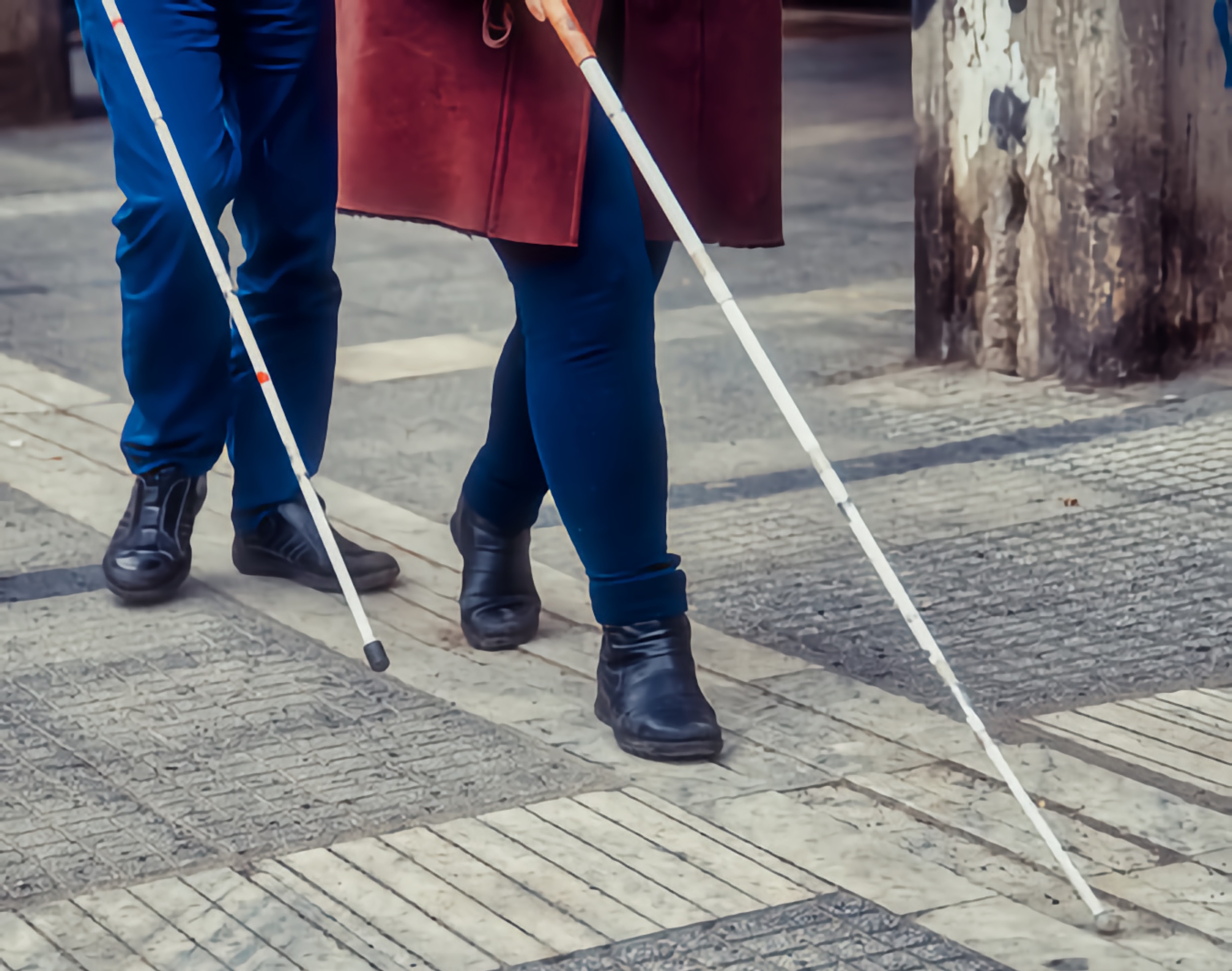Striving to remove barriers that prevent us from building Vibrant, Diverse, Inclusive, Accessible Communities!

The essay explains how a simple mobility tool came to represent self-reliance in public life. It begins by challenging praise that misunderstands the cane’s meaning and centers the observance that highlights its purpose, reflected in White Cane Awareness Day.
It then traces national recognition: in 1963, organized advocates urged state proclamations; in 1964, Congress authorized an annual presidential proclamation that President Lyndon B. Johnson promptly issued. The text emphasizes the cane as a public signal and the shared responsibility for motorists to exercise special care toward travelers who carry it.
Legal progress follows: the first state protections appeared in 1930, and in 1966 Jacobus tenBroek drafted a model White Cane Law that informed statutes across the country. These measures matter because Blind/Low Vision people face real problems when misunderstandings or traffic behavior block safe movement; ongoing advocacy helps with removing barriers.
The author closes with momentum: from the early 1960s to the late 1970s, independent travel expanded dramatically. Skill with the cane—paired with the will to be free—continues to open opportunities at work, in transit, and in community life.
Read the Full Article: WHITE CANE SAFETY DAY: A SYMBOL OF INDEPENDENCE
by: Marc Maurer
Share or Print with:

